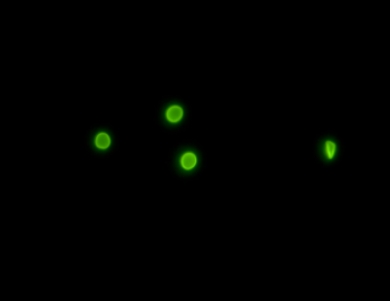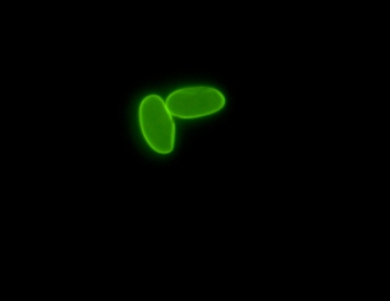


It is often said that water is the source of life, hence the quality of drinking water is directly related to human health. The conventional water monitoring scope includes the detection of physical, chemical and bacterial indicators such as color, residual chlorine, impurities, and bacterial numbers, other than those, there are two waterborne protozoa parasites that are called as "two worms", namely Giardia and Cryptosporidium.
The "two worms" are distributed all over the world and can seriously cause harm to drinking water. People infected with cryptosporidium or giardia usually get diarrhoea (runny poo). Some people can get very sick from cryptosporidium or giardia. The "two worms" are a important factor to affect the water quality, and the tests for "two worms" are paid more and more attention to in recent years.

Waterborne infection is the largest source to infection of "two worms" diseases, and the cost for the treatment is way more expensive than the precautionary. The "two worms" has been a public disease in every country and the challenge to water monitoring departments are critical.
Usually there are two protocols to detect the worms in water, they are immunomagnetic and immunofluorescence。For immunomagnetic, the procedure is fastidious and the operator needs to be careful and handy, besides,the equipment is expensive and costs much for maintenance. For immunofluorescence, the operator only needs a fluorescence microscope to identify the worms, they are obvious under fluorescence microscopes. .Guanggzhou Micro-shot Technology Co Ltd provides professional solution for detecting the “two worms”, and the research-level LED fluorescence microscope from Micro-shot can monitor the worms and get strong fluorescence signal. With easy procedure and high efficiency, the Mshot solution is widely preferred by customers in the industry.